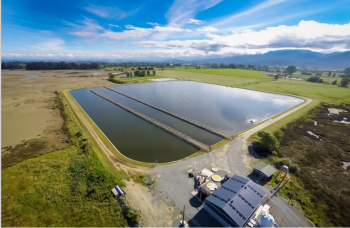The 'retreat' option applies to existing development and involves moving people, assets, and activities away from the coast and the coastal processes that threaten them. It can take place across a range of scales from individual properties (e.g. moving a building further back on a property section), to relocating whole communities and infrastructure or enabling ecological migration of coastal species and habitats.
The New Zealand Coastal Policy Statement 2010(external link) Objective 5 and its supporting policies promotes managed retreat as a response option for existing development located in areas prone to coastal hazards. However, the concept of retreat presents a number of challenges for society as a whole and has the potential to create inequitable outcomes. In particular, the costs associated with retreat (of either public and/or private assets), and expectations of who pays is complex. Central government has signalled through the reform of the Resource Management Act 1991 that the development of a Climate Adaptation Act will address these complex legal and technical issues associated with managed retreat.
Councils will play a key role in integrating retreat strategies into long-term urban growth, infrastructure, and reserves planning. Any retreat strategy should also have provisions to support ecological migration of coastal species and habitats as the land/coast interface moves landward because of rising sea levels.
Download the (pdf 63 KB)Retreat option summary poster.
 The Council has a risk, resilience and recovery planning work programme in place that focuses on the identification, planning and management of its critical infrastructure assets and lifelines. This ensures that Council, working in partnership with iwi/Māori and the community, can make robust decisions regarding the management of infrastructure assets over the longer term, taking into account the effects of climate change.
The Council has a risk, resilience and recovery planning work programme in place that focuses on the identification, planning and management of its critical infrastructure assets and lifelines. This ensures that Council, working in partnership with iwi/Māori and the community, can make robust decisions regarding the management of infrastructure assets over the longer term, taking into account the effects of climate change.
The Motueka Wastewater Treatment Plant (WWTP) is an example of Council’s work in planning for the managed retreat of a Council-owned infrastructure asset. The WWTP services Motueka, Riwaka and Kaiteriteri and is located near the coast adjacent to the Motueka River within an area expected to be vulnerable to coastal storm inundation under predicted sea level rise and river flooding. Rather than seeking to renew the WWTP’s resource consents at its current location when they expire, Council is considering longer-term options to relocate the Motueka WWTP inland. Staff are working with iwi and a working group to develop a site selection framework and will present a short list of sites and discharge options to the wider community in due course.